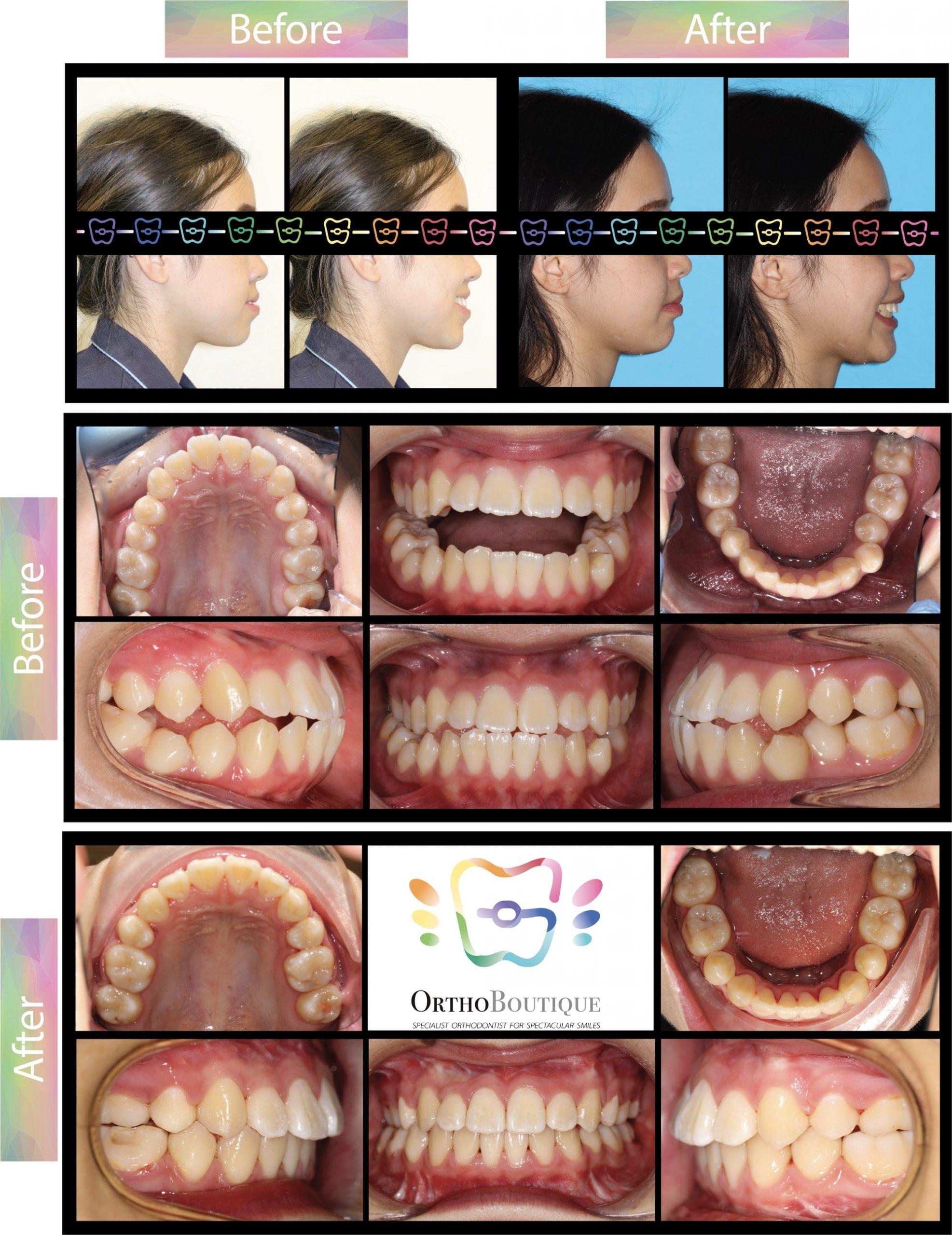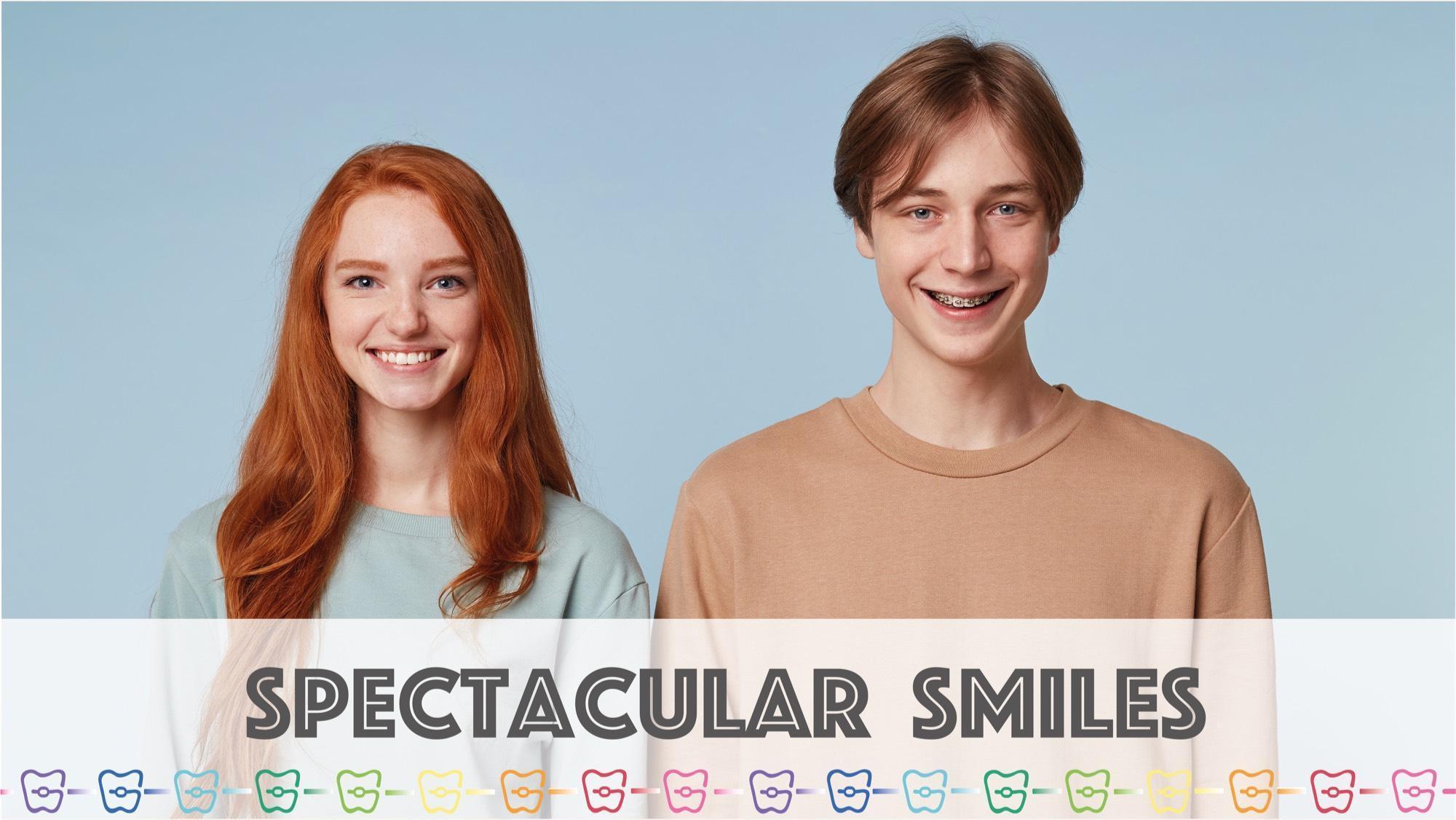
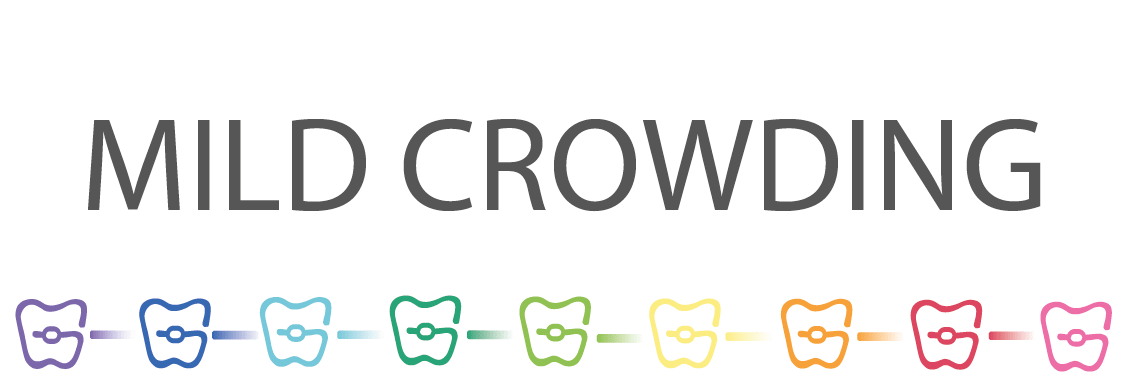
This is a case type that has minimal malalignment of the teeth, and slight mismatch between the size of the teeth and the size of the jaw bones. We can easily achieve ideal alignment by creating more room. Simple approaches, such as arch wire expansion and inter-proximal reduction (IPR), can be performed to allow correction of the alignment.
CASE #1 Mild Crowding
Appliances: Clear aligners
Technique: Non-extraction, arch expansion and interproximal reduction
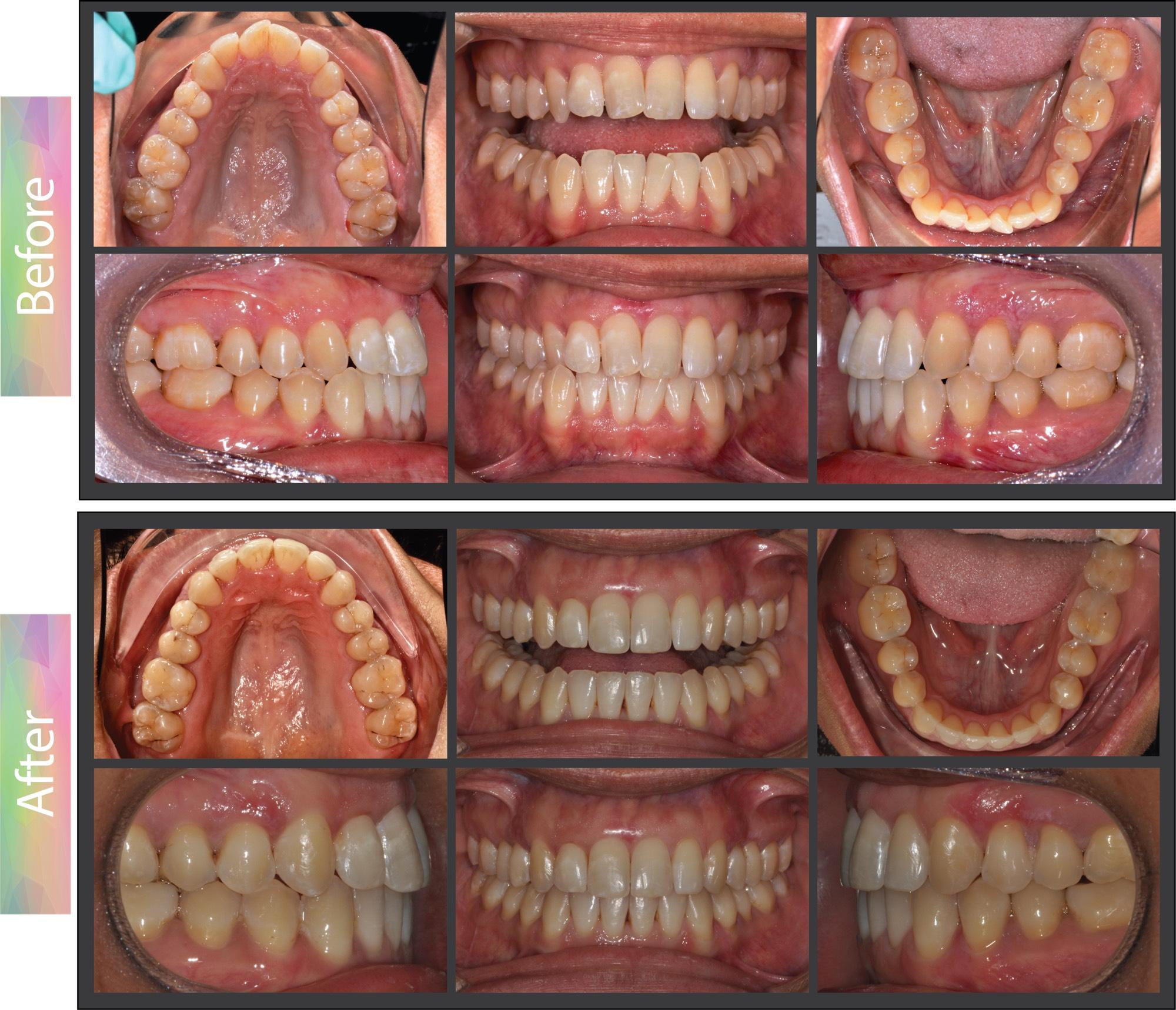
CASE #2 Mild Crowding
Appliances: Fixed lingual braces
Technique: Extraction of one lower incisor
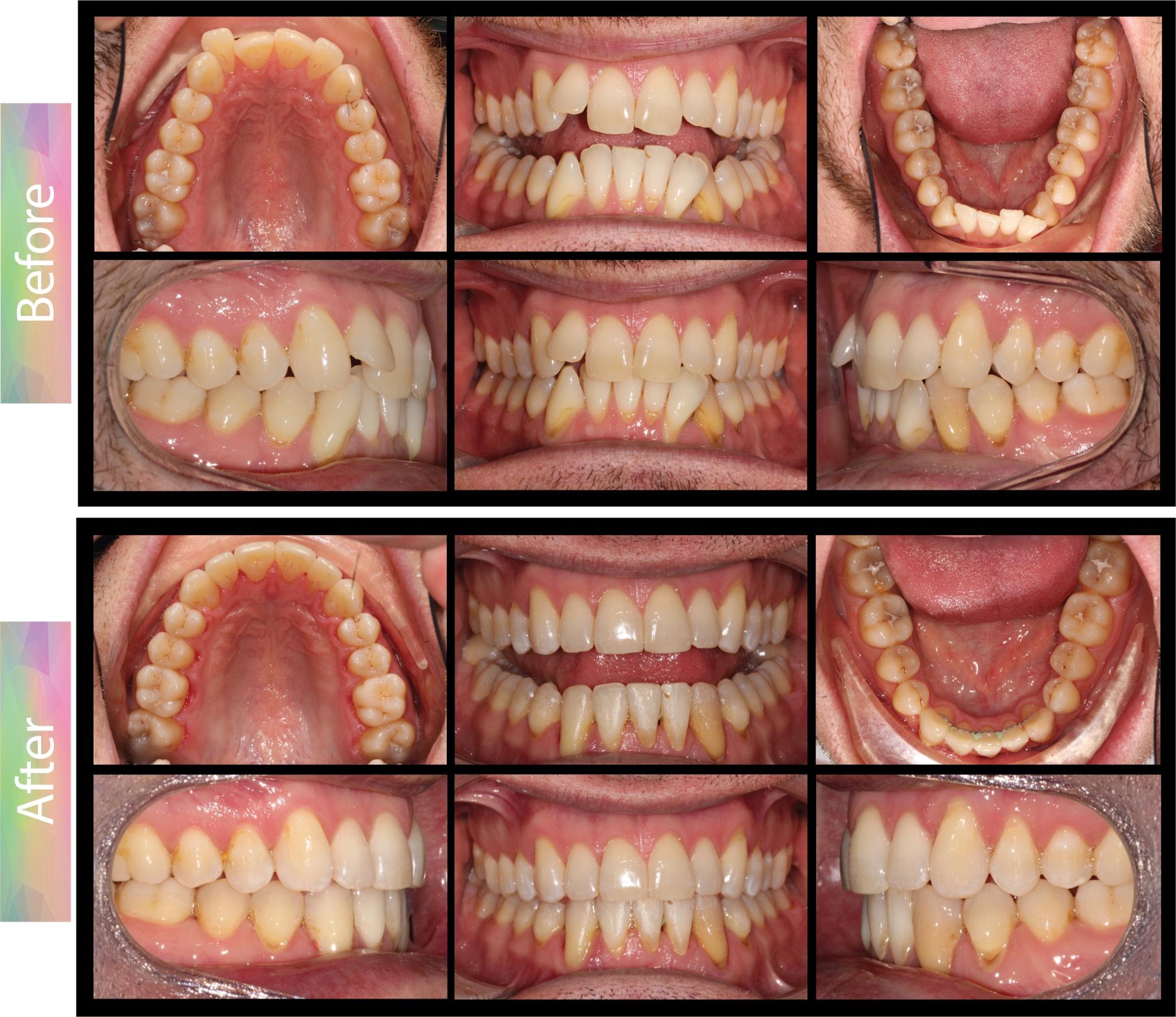
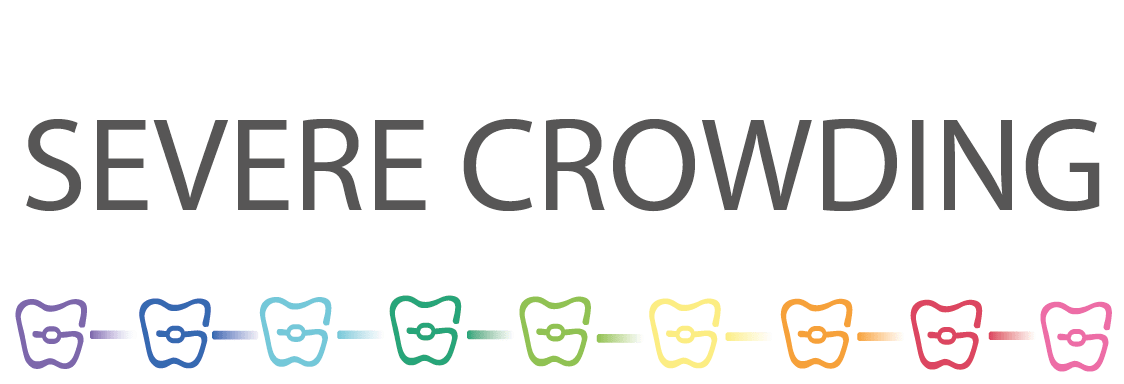
This is a case type that has significant crowding, reflecting from major discrepancy between the size of the teeth and the size of the jaw bones. Basically, the small size of the jaw cannot fit every tooth in properly. More space for alignment will need to be created by extraction of a few teeth, with premolar teeth being the most common teeth to be extracted in orthodontic cases. This will not affect your bite function as you still have two big molars which usually act primarily in chewing and grinding food.
CASE #3 Severe Crowding further complicated by deepbite
Appliances: Ceramic braces
Technique: Extraction of two upper permanent premolars
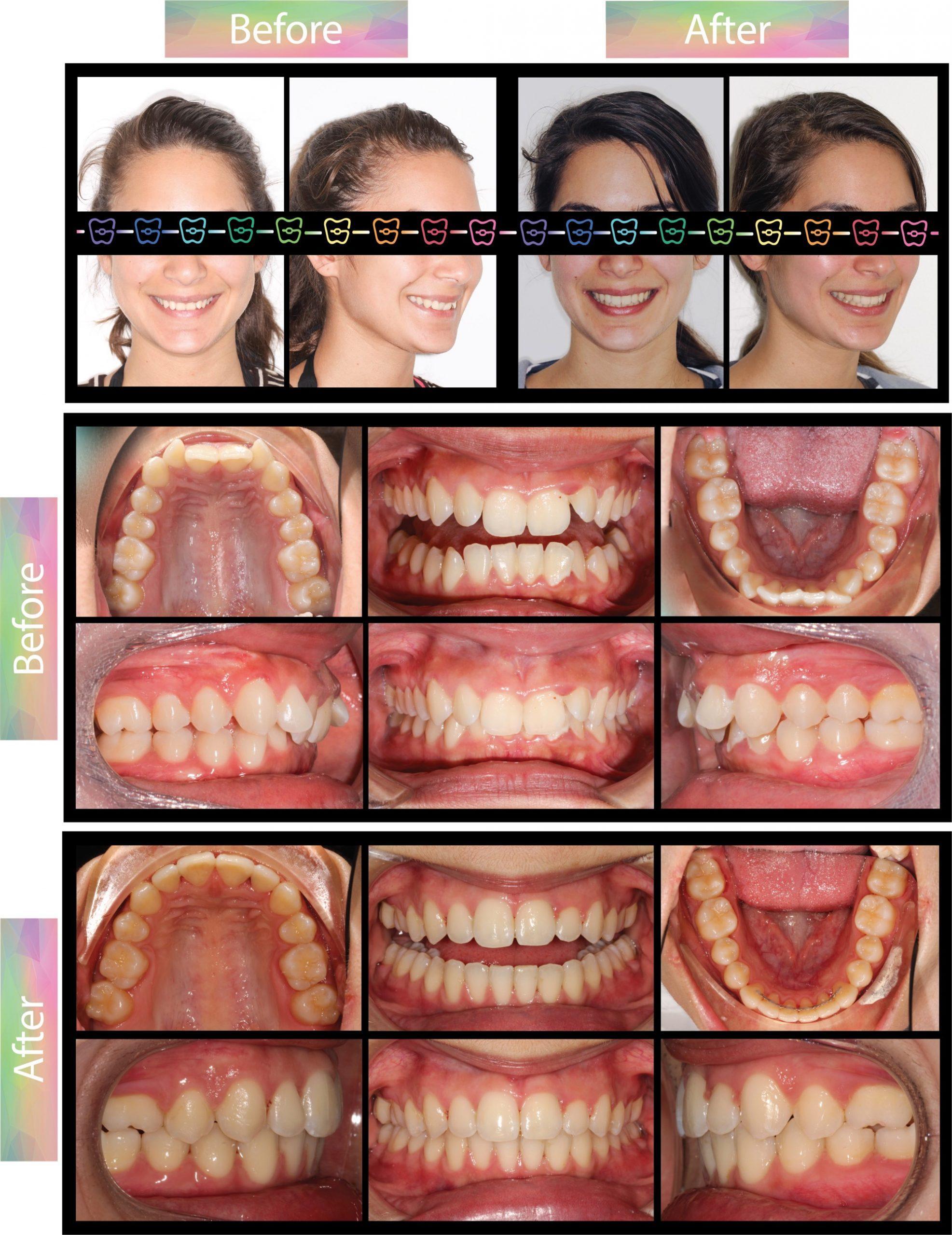
CASE #4 Severe Crowding
Appliances: Metal braces
Technique: Extraction of two upper permanent premolars and two lower permanent premolars
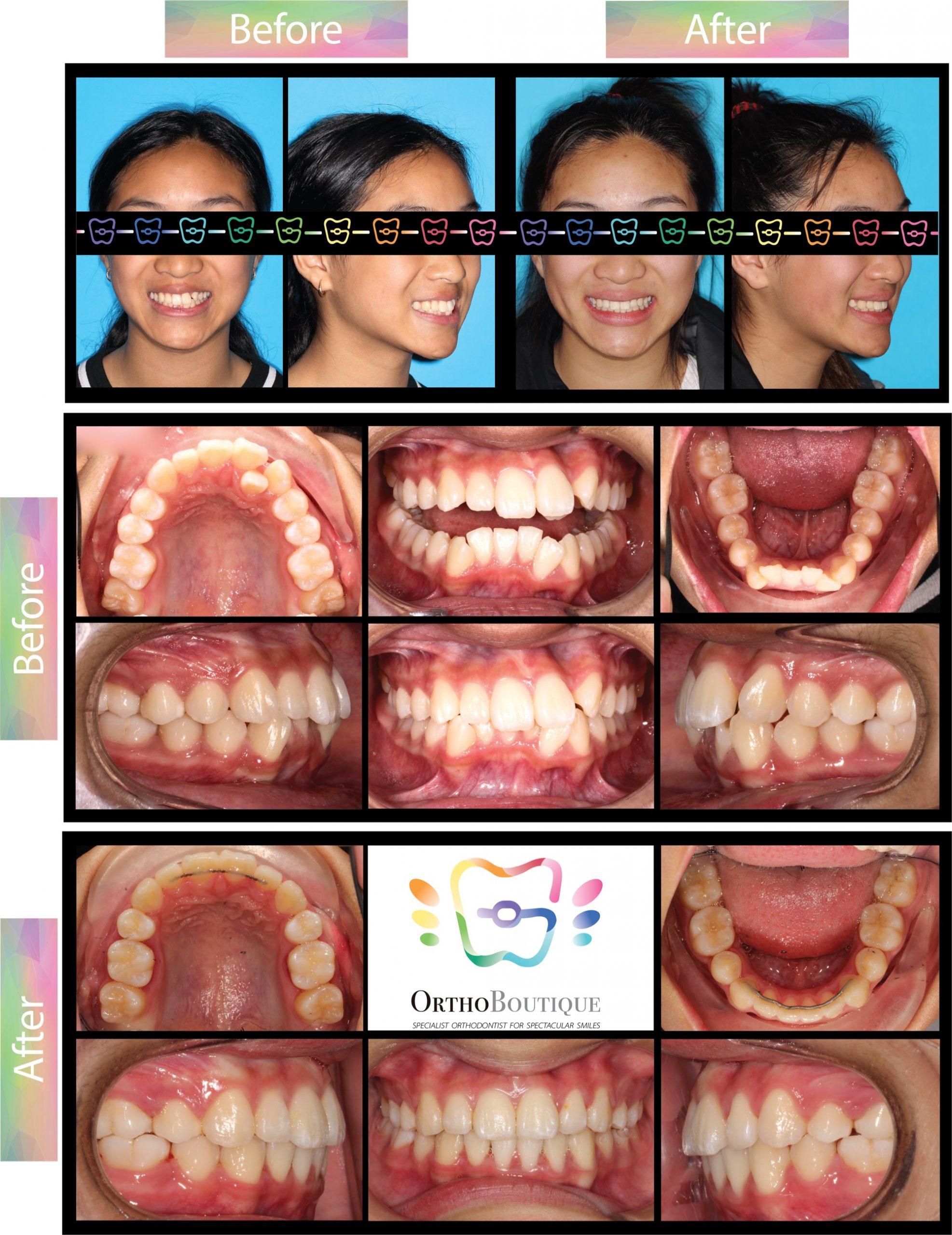
CASE #5 Severe Crowding
Appliances: Metal braces
Technique: Extraction of two upper permanent premolars and two lower permanent premolars
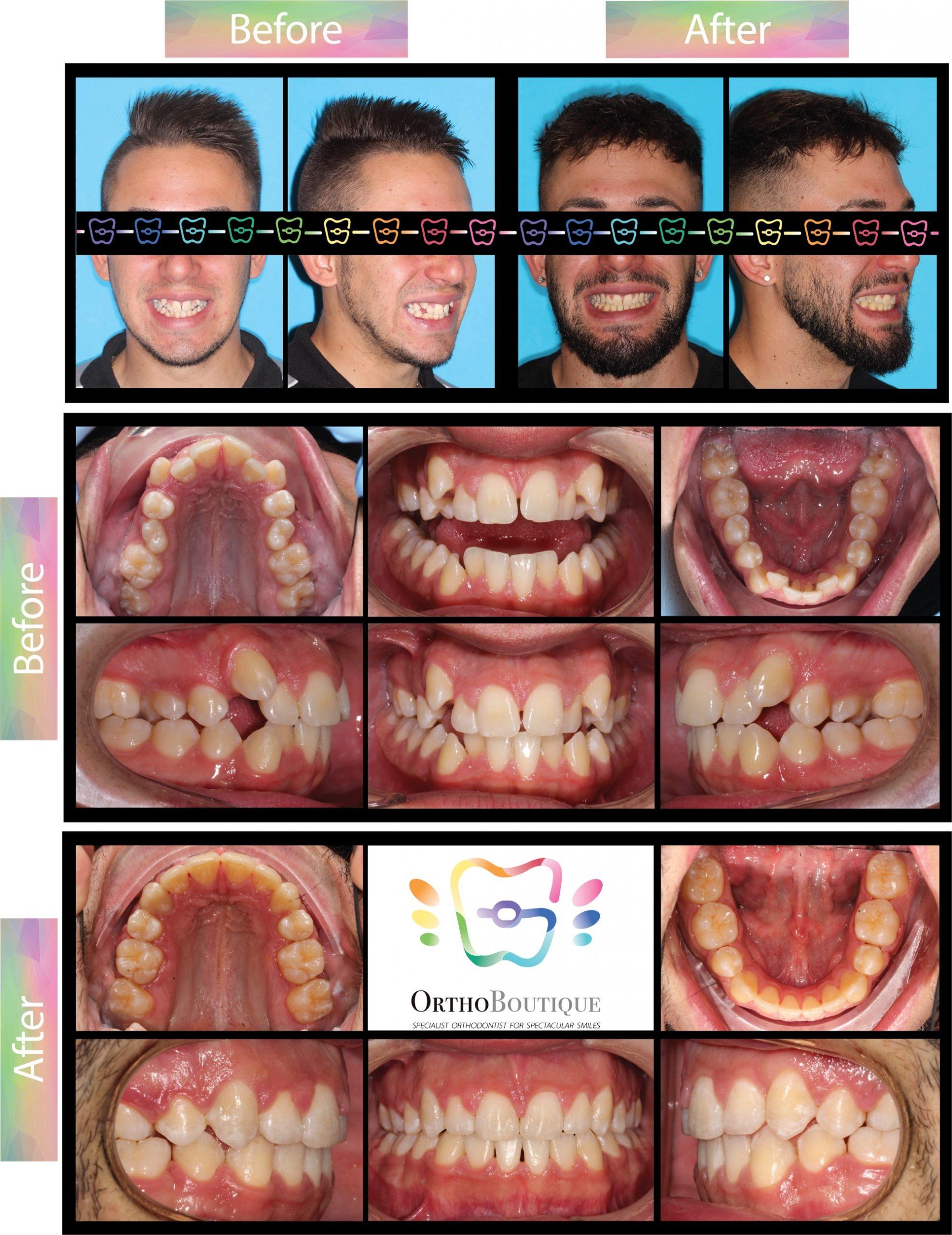
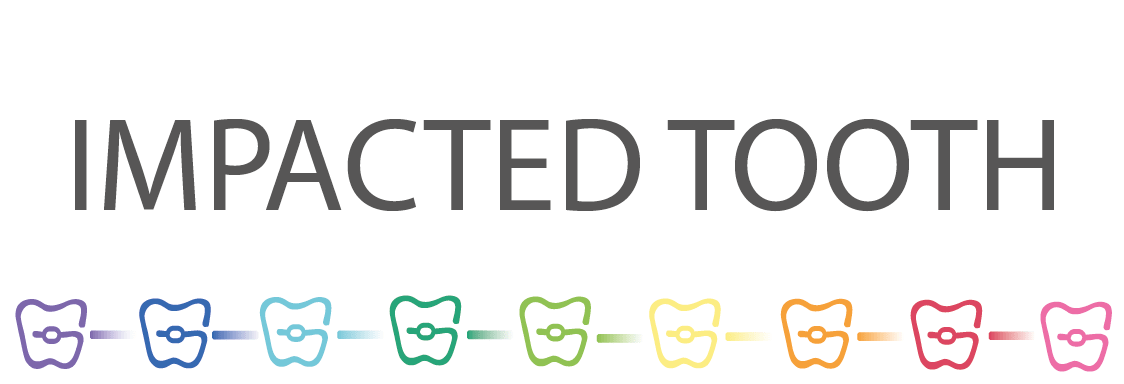
You might find that one or more teeth are not erupting and stuck beneath the gum and bone. The wisdom teeth are the most common example of this scenario. We generally advise that wisdom teeth to be removed at around 18-20 years old. In some patients, front teeth (incisors and canines) can be impacted. We will need to create room for these teeth to erupt passively. However, if they are being stubborn, more invasive procedures are required, including gum and bone surgical exposure, and orthodontic forced eruption utilising springs and gold chain to guide the impacted tooth through path of eruption.
CASE #6 Impacted Central Incisors
Appliances: Metal braces
Technique: Open surgical exposure and forced eruption
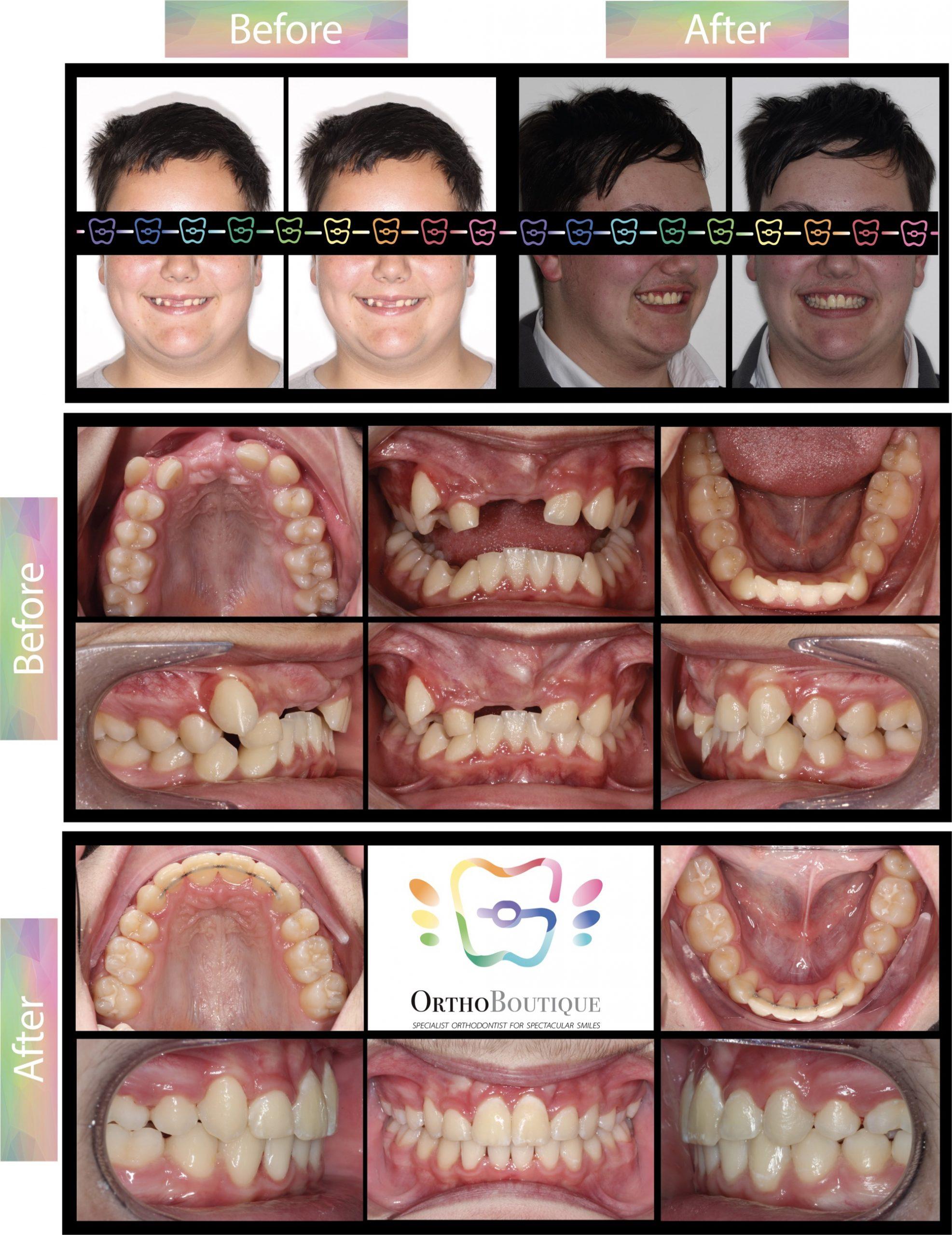
CASE #7 Impacted Upper Canines
Appliances: Metal braces
Technique: Close surgical exposure and forced eruption

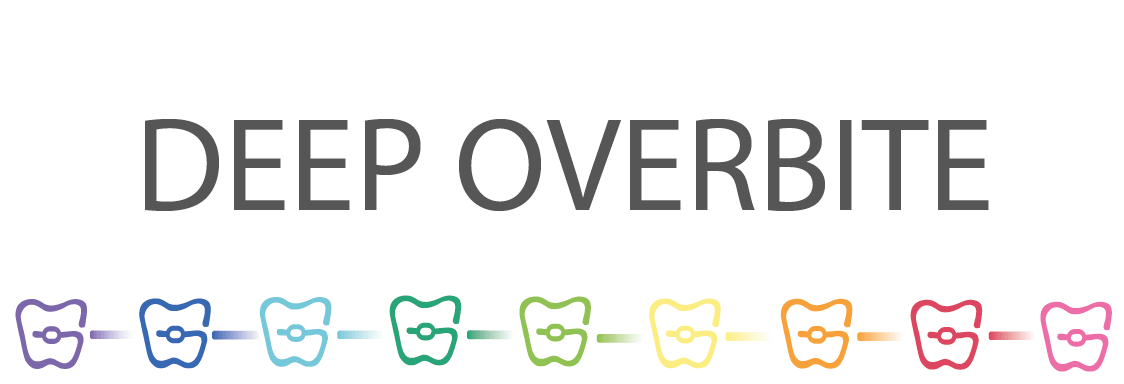
When we assess a patient in the vertical dimension, we might find that there is a big vertical overlap between upper and lower front teeth. In this case, there is no display of lower teeth when smile. In an extreme case, the bite can be very deep and impinge on the gum, resulting in damaging of the soft tissue and recession of the gum behind the upper front teeth. Deep overbite can also cause significant attrition (wearing of tooth surface) of lower front teeth. This is definitely one of the major indications for orthodontic treatment.
CASE #8 Deep Overbite (missing one lower incisor)
Appliances: Clear aligners
Technique: Bite opening mechanic
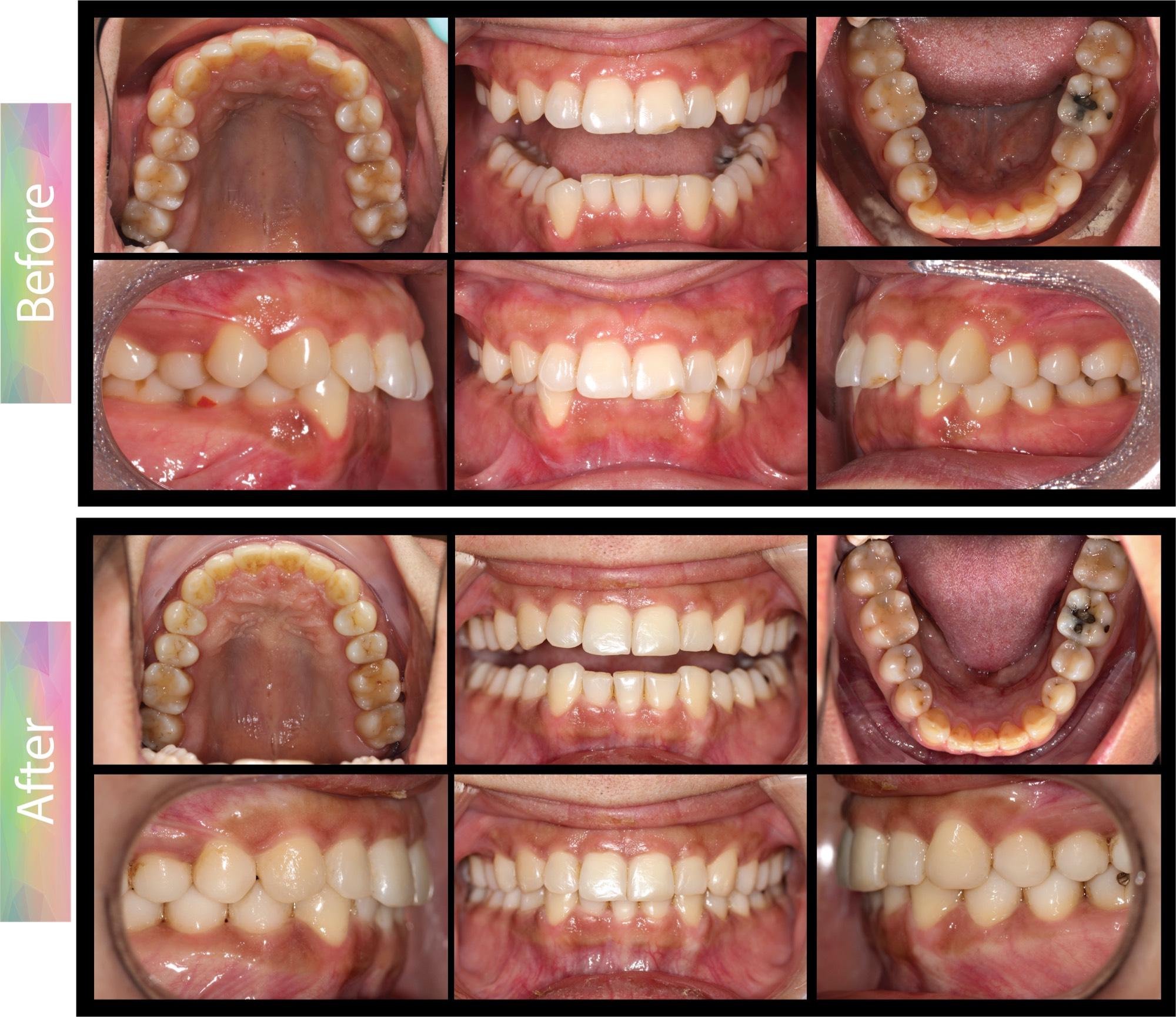
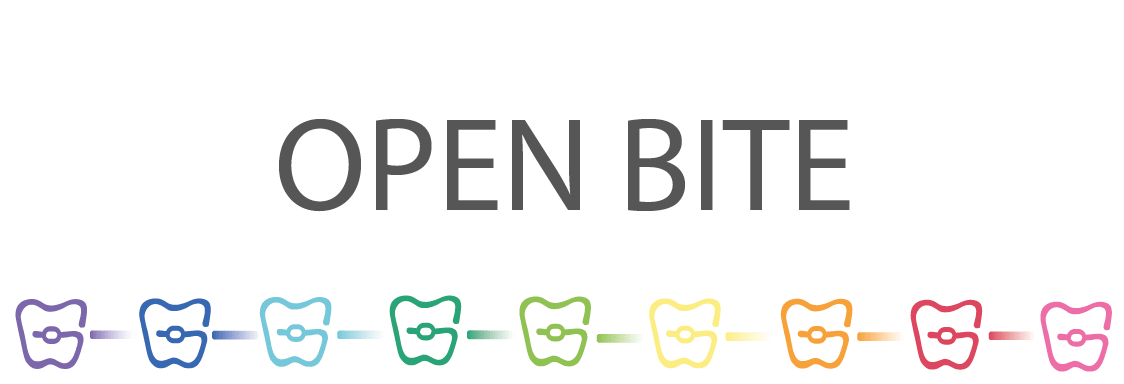
Being opposite to deep overbite, the upper and lower teeth are not touching or occluding in this type of occlusion. This leads to improper bite function that is impossible to incise food with front teeth. Open bite can originate from dental cause and/or skeletal cause. Orthodontic treatment alone can help with dental open bite. However, it is a different story for skeletal open bite. A jaw surgery with braces will be the plan of action to fix the open bite.
CASE #9 Open bite
Appliances: Clear aligners
Technique: Extraction of one lower incisor
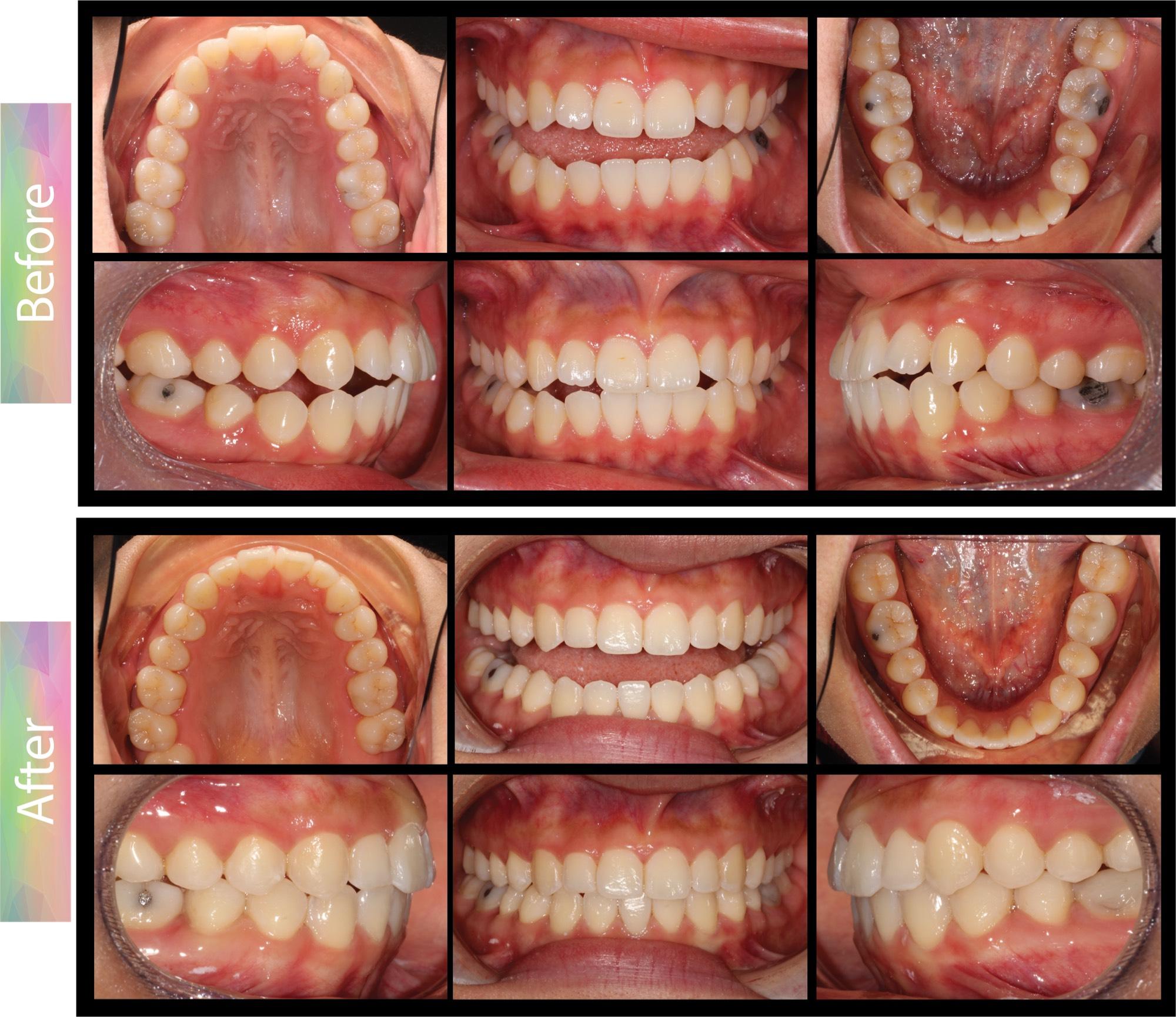
CASE #10 Open bite
Appliances: Metal braces
Technique: Jaw surgery
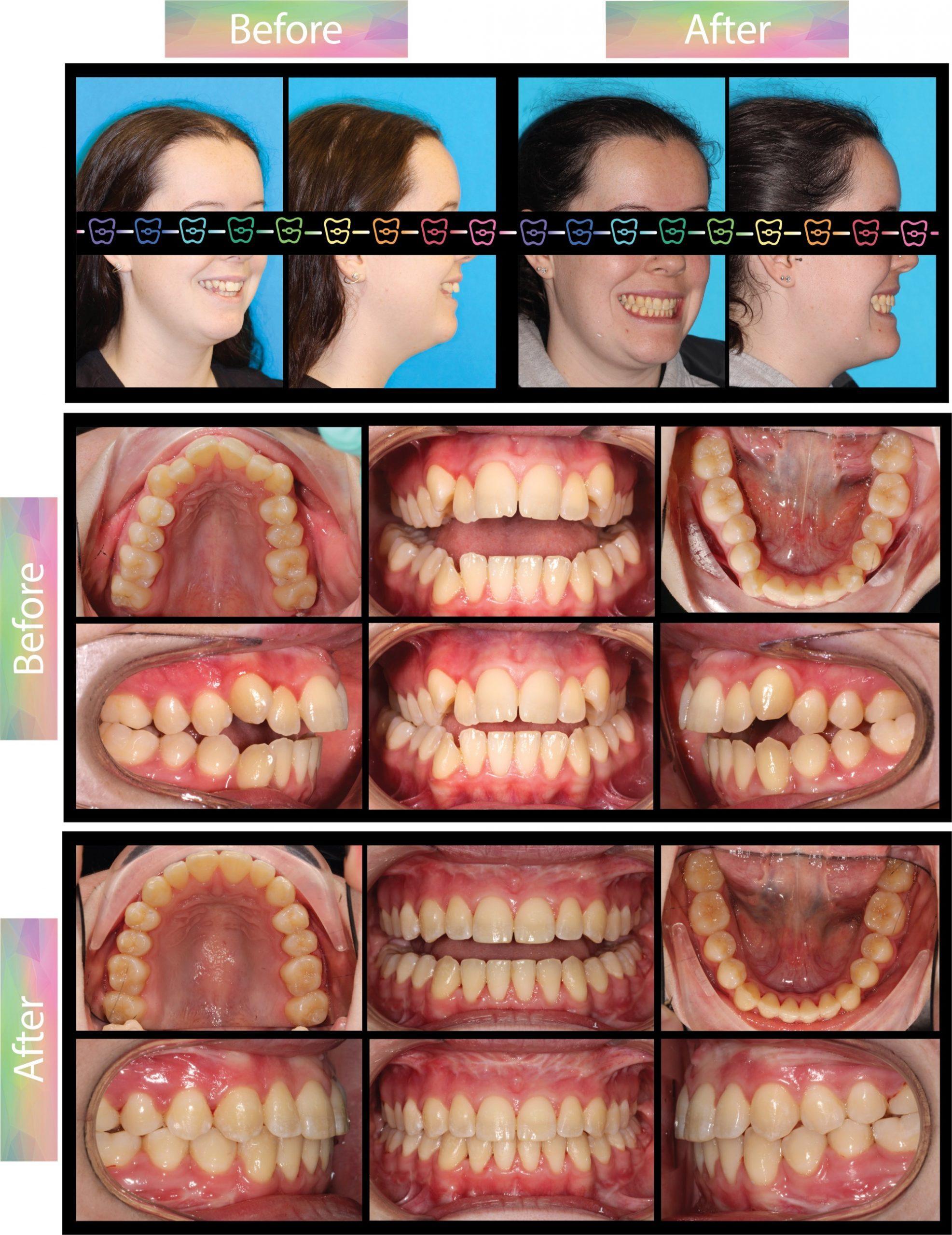
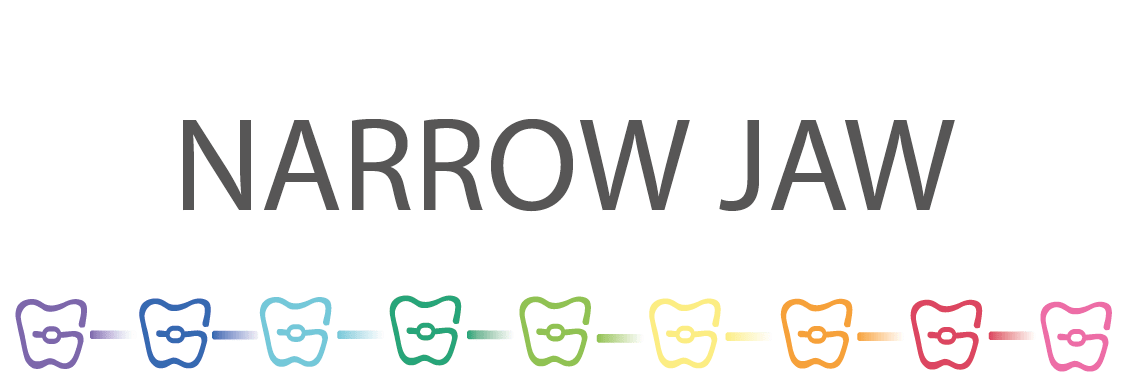
Poorly developed jaw can also manifest with diminished size in transverse dimension. The width of the upper and lower jaw can considerably affect alignment and bite function. The case with narrow upper jaw can have bilateral posterior crossbite (top teeth sitting inside of bottom teeth). It is also not aesthetically pleasing to have black spaces between the dentition and cheek when smiling (wide buccal corridors). This issue can be addressed by expander in young patients and surgical expansion in adults.
CASE #11 Narrow upper jaw
Appliances: Metal braces
Technique: Jaw surgery for expansion


Spacing is another common problem in orthodontics. On the contrary with crowding, there is excess space in this type of case. Smaller size of teeth can be contributed by genetics, malformation of tooth layer or irregular tooth anatomy. Genetically missing tooth and early loss of permanent tooth also result in spacing. Dental prosthetic might be required to help replacing the space. Orthodontic treatment can aid in fully space closure or distribution of space prior to prosthetic replacement.
CASE #12 Spacing
Appliances: Clear aligners
Technique: Space closure
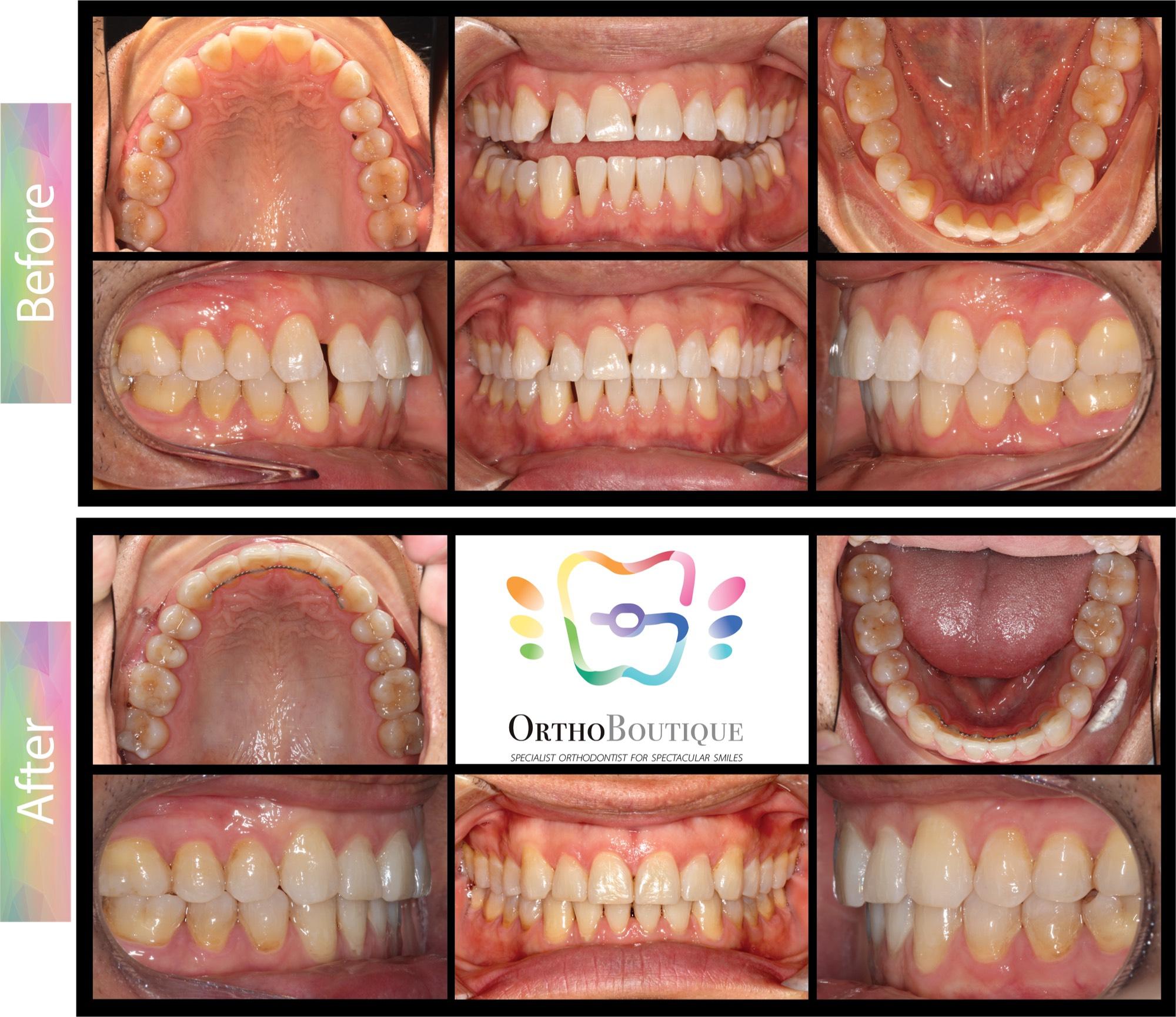

Overjet is a measurement of the distance between upper and lower incisors in horizontal dimension. Increased overjet is a typical sign of malocclusion that the top teeth being protruding (too far forward) and lower teeth are being set back. Part of this can be a result from under-developed lower jaw. If this is detected early in a childhood, it can be corrected or improved by functional appliances.
CASE #13 Class II bite relationship, increased overjet, retrusive lower jaw position
Appliances: Functional appliance + Metal Braces
Technique: Orthopaedic appliance

CASE #14 Class II bite relationship, increased overjet, retrusive lower jaw position
Appliances: Functional appliance + Metal Braces
Technique: Orthopaedic appliance
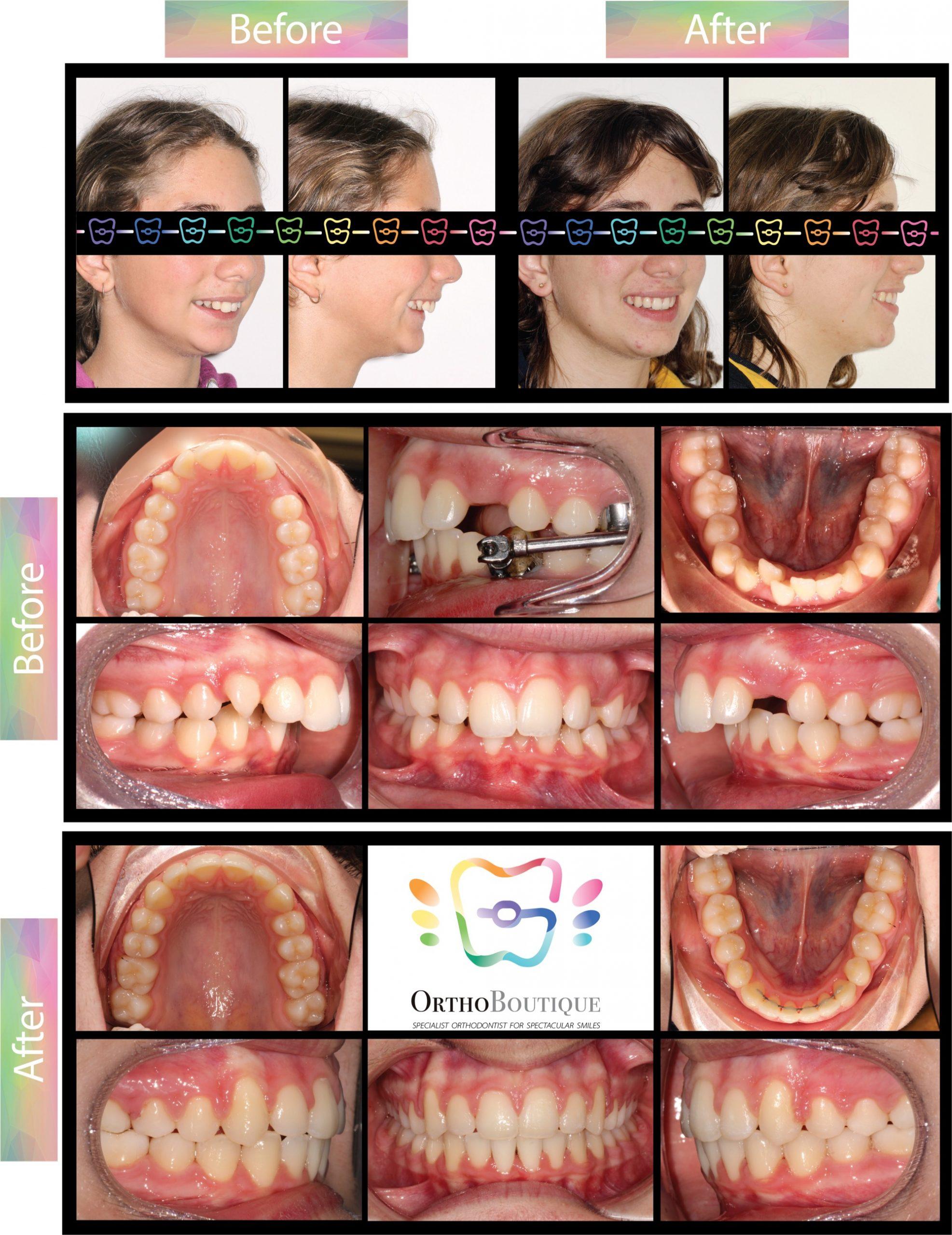
CASE #15 Class II bite relationship, increased overjet, retrusive lower jaw position
Appliances: Functional appliance + Metal Braces
Technique: Orthopaedic appliance
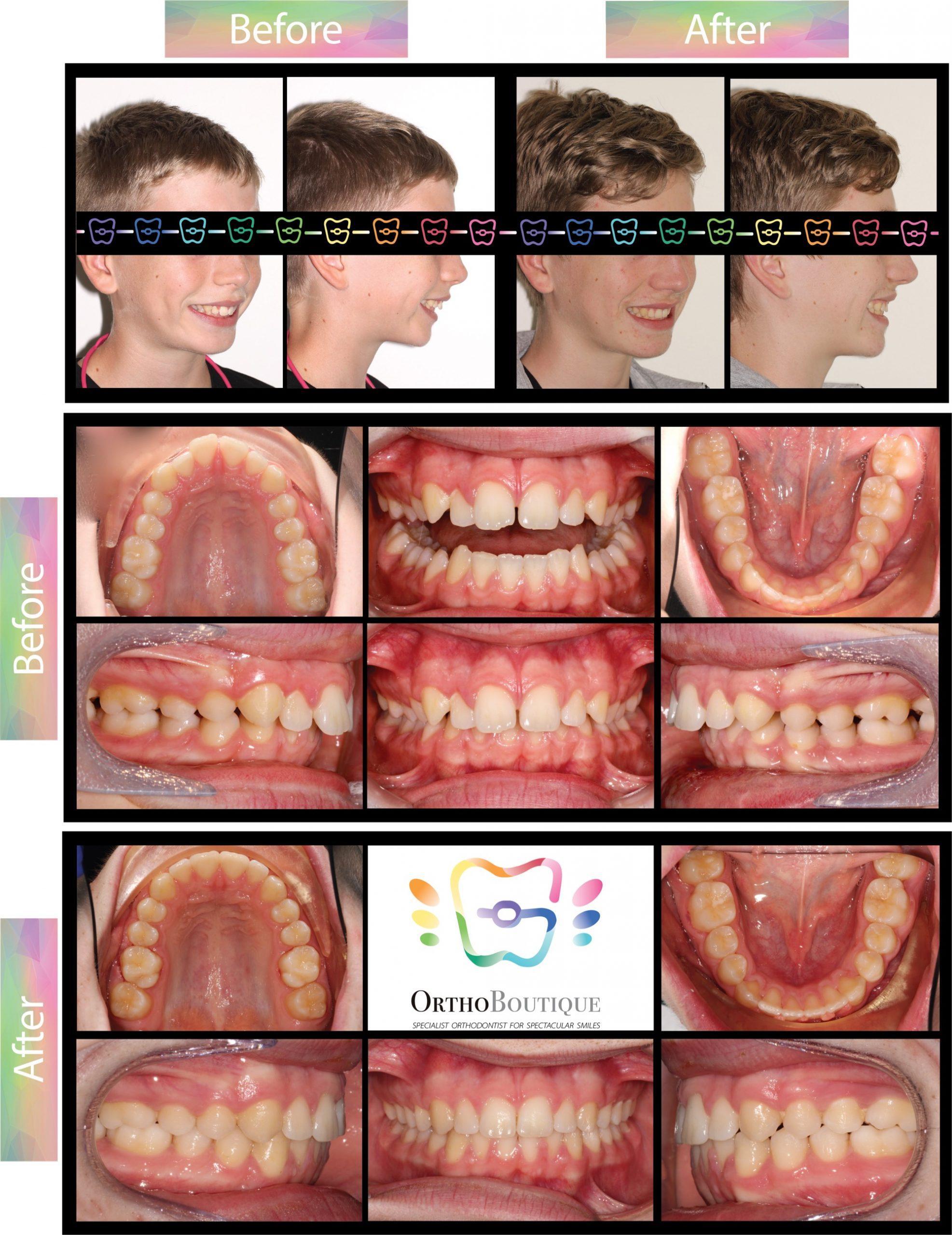
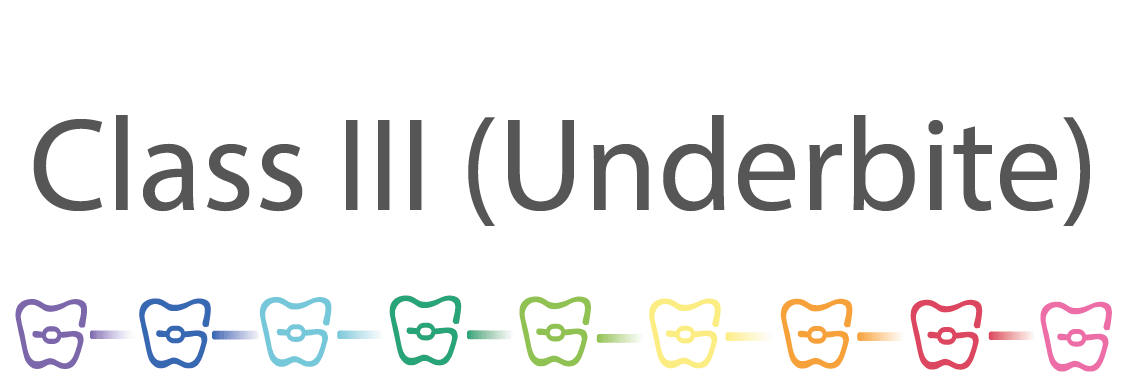
This is an opposite scenario to increased overjet. Underbite is a display of lower front teeth being too far forward (anterior crossbite) in comparison to the upper front teeth. Most of these cases have under-developed upper jaw, or over-developed lower jaw, or a combination of both. If the discrepancy is not too extreme, orthodontic treatment with tooth extraction can address the issue and improve bite relationship. We call this a camouflage treatment for patients that have completed growth. On the other hand, a jaw surgery will be required for those with substantial discrepancy.
CASE #16 Class III bite relationship, underbite, lower spacing
Appliances: Clear aligners
Technique: Elastics
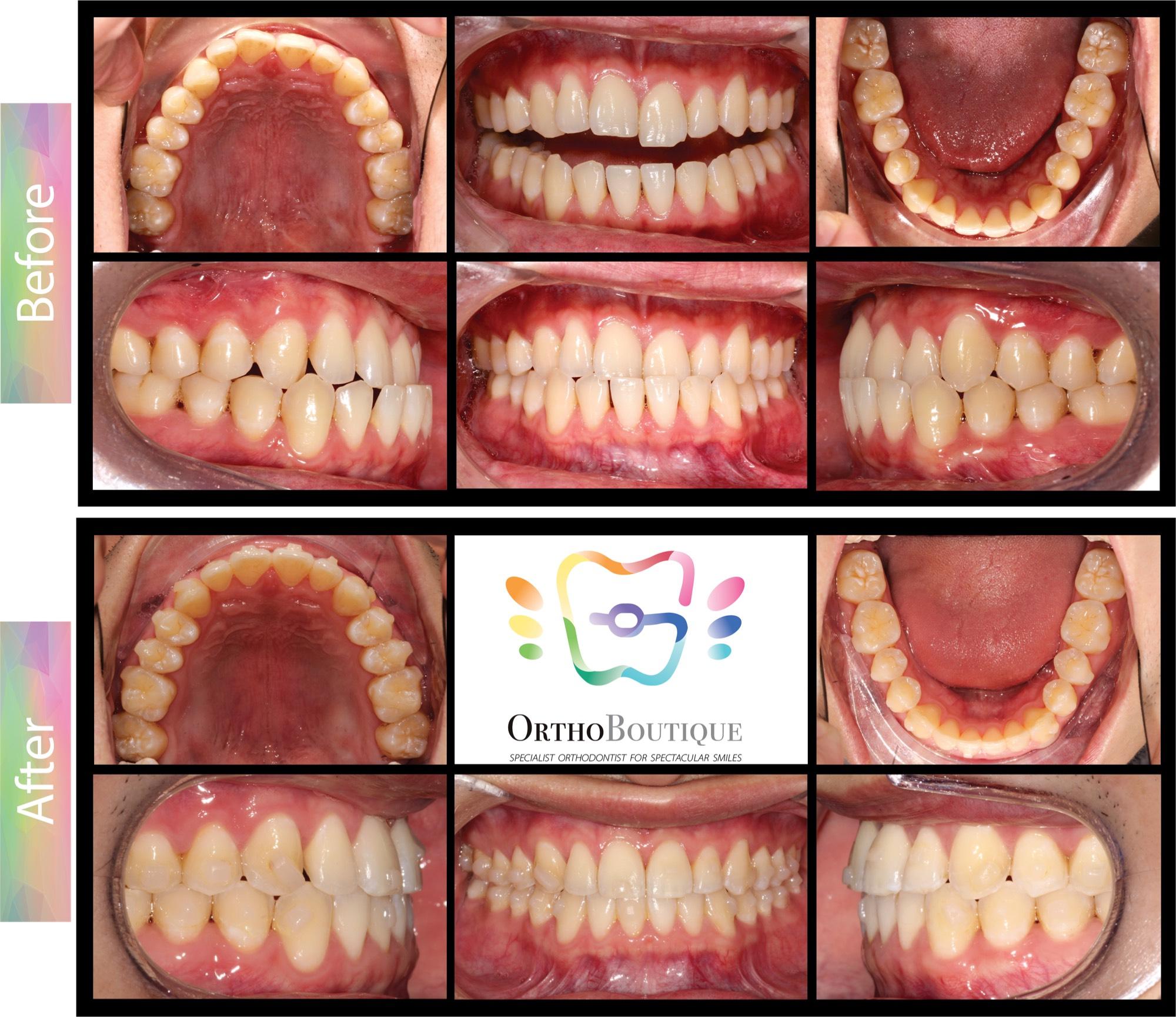
CASE #17 Class III bite relationship, underbite, crowding
Appliances: Metal braces
Technique: Extraction of two upper permanent premolars and two lower permanent premolars, Elastics
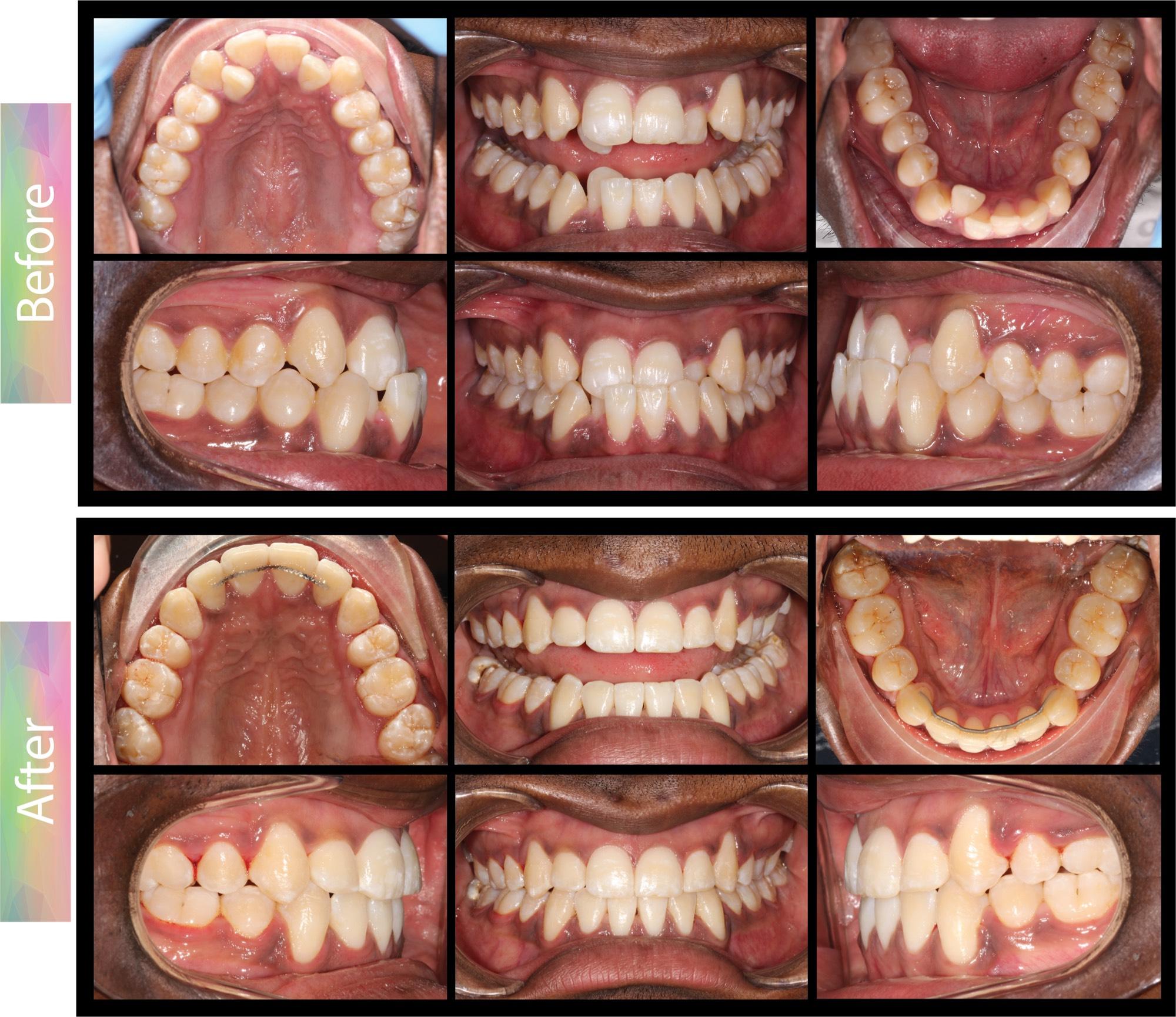
CASE #18 Class III bite relationship, underbite, protrusive lower jaw position
Appliances: Metal braces
Technique: Extraction of two upper permanent premolars and two lower permanent premolars, and Jaw surgery
